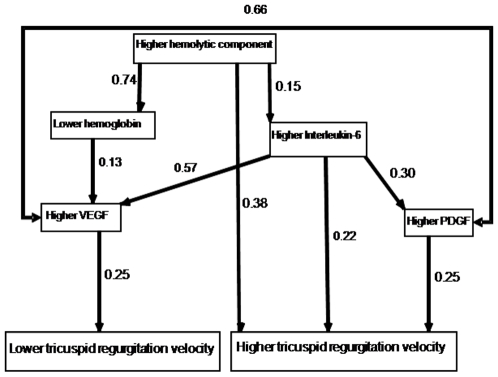Figure 3. Pathway analysis of tricuspid regurgitation velocity in sickle cell disease patients.
The numbers shown are standardized betas. Each of the arrows depicts a significant relationship (P<0.05). According to this analysis, higher hemolytic component was a direct predictor of increasing tricuspid regurgitation velocity and it also was associated with lower hemoglobin concentration and higher interleukin-6 concentration. Lower hemoglobin concentration was not a direct predictor of higher regurgitation velocity, but it was associated with higher VEGF concentration. Higher interleukin-6 concentration was a direct predictor of increasing tricuspid regurgitation velocity and it also was associated with higher VEGF and PDGF-BB concentrations. Higher PDGF-BB concentration was a direct predictor of increasing regurgitation velocity while higher VEGF concentration was a direct predictor of lower regurgitation velocity.

